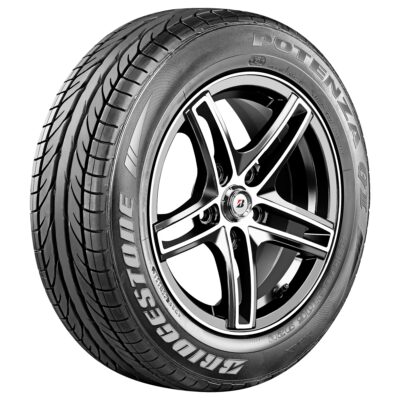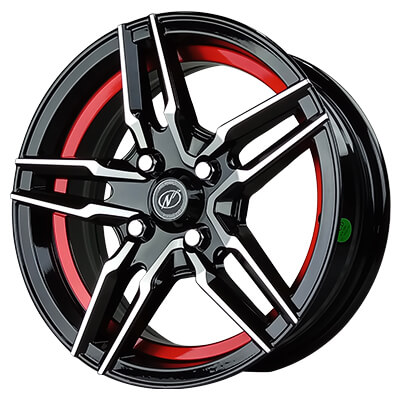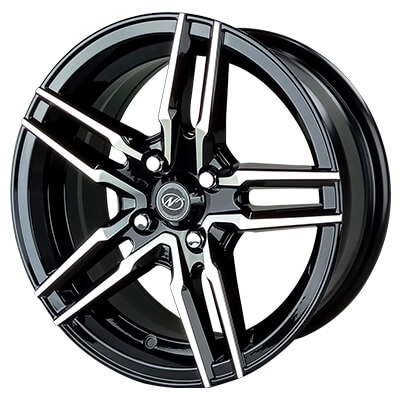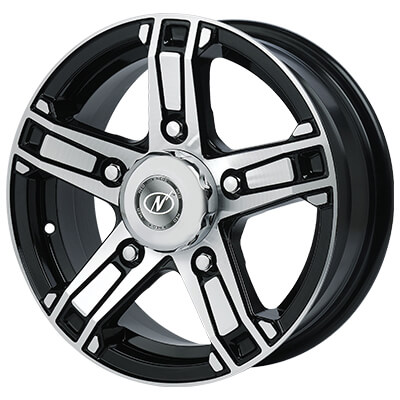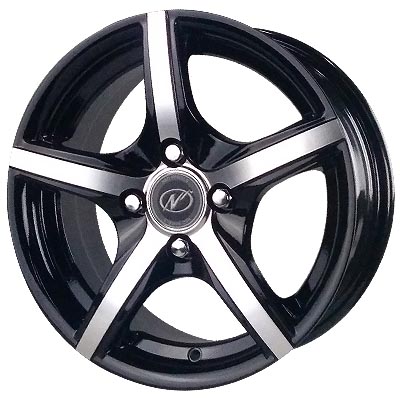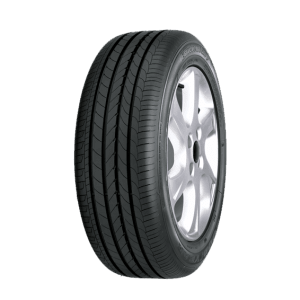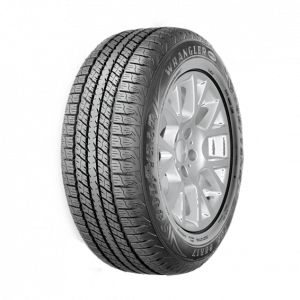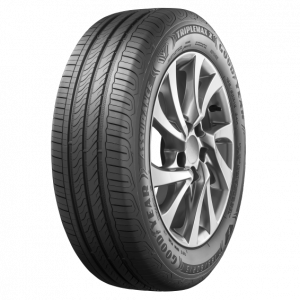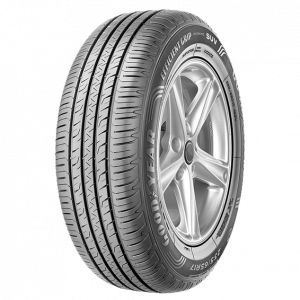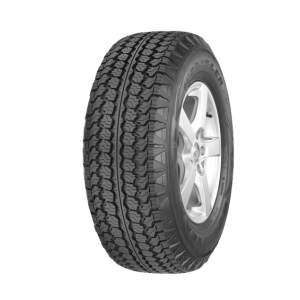Follow the maintenance schedule: Follow the recommended maintenance schedule outlined in your owner’s manual. This includes regular oil changes, filter changes, and other routine maintenance tasks.
Check the fluids regularly:
Keep an eye on your car’s fluid levels, including oil, coolant, brake fluid, and transmission fluid. Make sure to top them up as needed.
Inspect the tires:
Check your tire pressure regularly and inspect the tires for any signs of wear or damage. Rotate the tires according to the manufacturer’s recommendations.
Keep it clean:
Regularly wash and wax your car to protect the paint from damage and keep it looking great. Clean the inside of your car, too, to keep it smelling fresh and free from clutter.
Drive carefully:
Avoid harsh acceleration and braking, as well as rough roads, to minimize wear and tear on your car.
Use high-quality parts:
When replacing parts or performing repairs, use high-quality parts and fluids recommended by the manufacturer.
Address problems promptly:
If you notice any problems with your car, such as strange noises or vibrations, address them promptly before they become bigger and more expensive to fix.
Store your car properly:
If you’re not using your car for an extended period of time, store it in a garage or other protected area to prevent damage from weather and other environmental factors.
Take it for regular check-ups:
Have your car inspected by a qualified mechanic regularly to catch any problems early and keep it running smoothly.
Drive with care and attention:
Always drive with care and attention, obey traffic laws, and avoid distracted driving. These practices will not only keep your car in good condition, but also keep you safe on the road.


